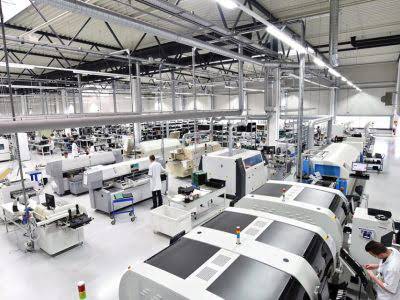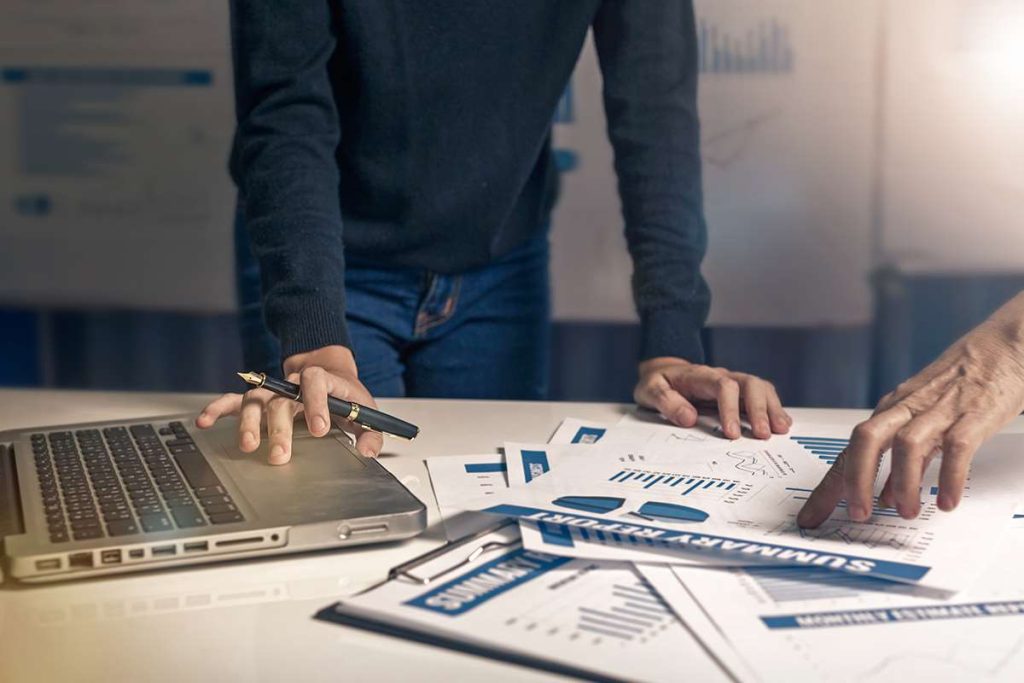
Recording it on the balance sheet is crucial as it helps to determine the company’s net worth and financial position. Land has a huge upfront cost but also serves as collateral for future funding. What these assets all have in common, that also differentiates them from current assets, is that they are not going to turn into cash any time soon and their connection to revenue is indirect. With inventory, we saw a direct match between the cost of the product and the sales revenue. Rent, insurance, and wages are examples of period costs that we match to revenues by posting them to the income statement accounts in the same period as the revenue, using time as our method of matching. Plant assets are different from other non-current assets due to tangibility and prolonged economic benefits.

Types of Plant Assets
One of the CNC machines broke down and Tom purchases a new machine for $100,000. The bookkeeper would record the transaction by debiting the plant assets account for $100,000 and crediting the cash account for the same. Since these assets produce benefits for more https://www.bookstime.com/ than one year, they are capitalized and reported on the balance sheet as a long-term asset. This means when a piece of equipment is purchased an expense isn’t immediately recorded. IAS 16 Property, Plant and Equipment outlines the accounting treatment for most types of property, plant and equipment.
How Do the Values of Tangible and Intangible Assets Differ?
Volatility profiles based on trailing-three-year calculations of the standard deviation of service investment returns. Other Standards have made minor consequential amendments to IAS 16. The ISSB is supported by technical staff and a range of advisory bodies. Our Standards are developed by our two standard-setting boards, the International Accounting Standards Board (IASB) and International Sustainability Standards Board (ISSB). Land use is governed by municipal regulations and local zoning laws. Town and city planners and other organizations focus on how land is used to understand the outcomes of such use.

Income Statement: Definition, Types, Templates, Examples, and More
It’s impossible to manufacture products is land a plant asset without equipment and machinery, or a building to house them. If the equipment or machinery in question is a necessary part of your business operation, it’s a plant asset. Land is considered real estate or property defined by specific borders.
- And unlike a home or a car, land for the most part cannot be moved or stolen.
- They provide value to a company but cannot be readily converted to cash within a year.
- When one owns land, one owns the surface area and everything on it, such as trees, buildings, and animals.
- It includes cash/bank, short-term securities, inventories, account receivables, etc.
- IAS 16 was reissued in December 2003 and applies to annual periods beginning on or after 1 January 2005.
- The land value may also be of interest to investors as it can appreciate over time and generate profits for the company.
Plant assets, except for land, are depreciated to spread their cost out over their useful life. This cost would be capitalised and added to the asset’s book value on the balance sheet. The best way to manage https://www.instagram.com/bookstime_inc your assets is to use an accounting software application that simplifies the entire asset management process from the initial acquisition to asset disposal. For the past 52 years, Harold Averkamp (CPA, MBA) hasworked as an accounting supervisor, manager, consultant, university instructor, and innovator in teaching accounting online. He is the sole author of all the materials on AccountingCoach.com.
Financial Accounting

The purchase and sale of plant assets would affect a company’s cash flow. This method implies charging the depreciation expense of an asset to a fraction in different accounting periods. This method explains that the utility and level of economic benefit decrease as the age of asset increases. There are different methods of depreciation that a business entity can use. Many business entities use different depreciation methods for financial reporting and tax purposes.

- Tom’s Machine Shop is a factory that machines fine art printing presses.
- For example, due to a decline in market demand, the business determines that the manufacturing machine’s recoverable amount is now £90,000 (down from £110,000).
- The article will be all about plant assets, their recognition, depreciation, and differentiation from other asset classes.
- Besides, there is a heavy investment involved to acquire the plant assets for any business entity.
- You can view the concept of land in different ways, depending on its context, and the circumstances under which it’s being analyzed.
- The PP&E account is remeasured every reporting period, and, after accounting for historical cost and depreciation, is defined as book value.
Plant assets should be depreciated over their useful life, and reflected as an expense on the income statement. If there is an indication that the carrying amount (ie the historical cost) of a plant asset might have changed, an impairment test would be carried out. This includes purchase price, shipping costs, installation charges and any other costs directly attributable to bringing the asset to its working condition. The straight-line method is the most commonly used method in most business entities. It is also called a fixed-installment method, as equal amounts of depreciation are charged every year over the useful life of an asset. We’re firm believers in the Golden Rule, which is why editorial opinions are ours alone and have not been previously reviewed, approved, or endorsed by included advertisers.